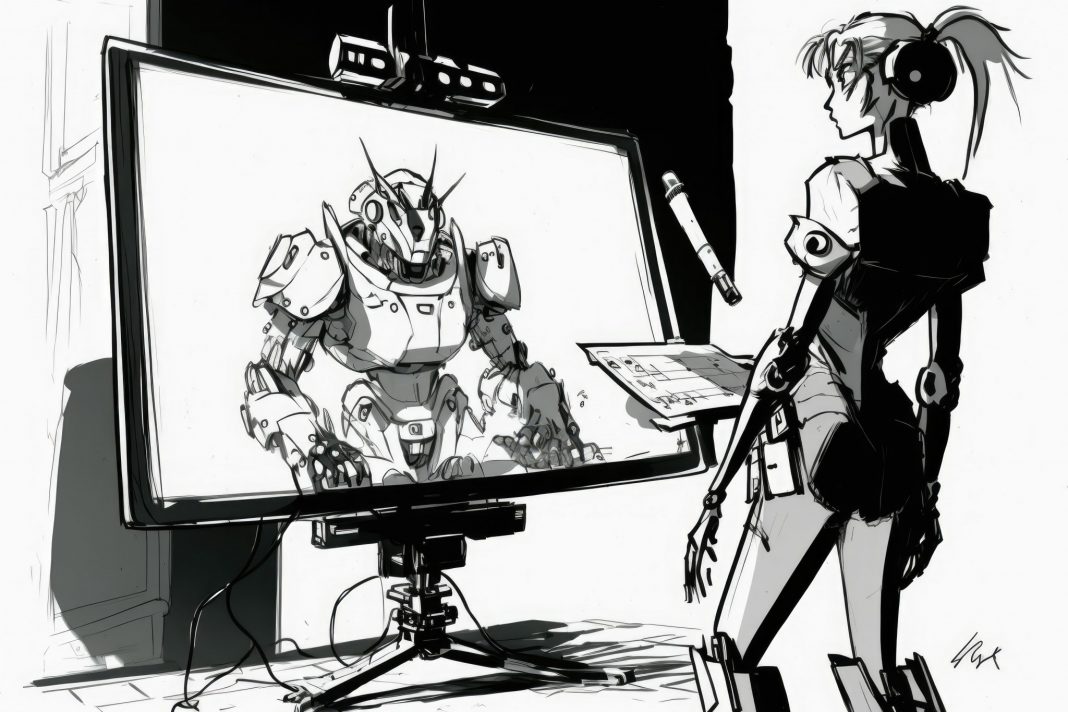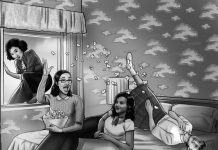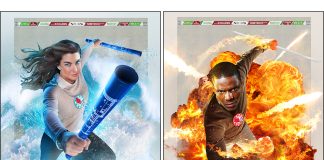As an artist, you know the importance of storyboarding in the creative process. Storyboarding allows you to plan out the visual elements of your story, experiment with different layouts and designs, and establish a consistent visual style. But have you ever considered using artificial intelligence (AI) to assist you in your storyboarding?
In this article, we’ll explore the benefits and drawbacks of using AI for storyboarding and provide tips and resources for integrating AI into your creative process.
Pros of Using AI for Storyboarding
One of the most significant benefits of using AI for storyboarding is increased efficiency and speed. AI-powered tools can help you quickly generate layout options, compositions, and designs, saving you time and allowing you to experiment more freely with your ideas.
Another advantage of using AI for storyboarding is achieving a consistent visual style and quality throughout your work. With AI, you can establish a set of rules or parameters for your design, and the tool will generate assets and designs that fit within those rules. This can be particularly useful if you’re working on a project that requires a specific look or style.
AI-powered tools also give you access to pre-made assets and resources to help you quickly create and iterate your designs. These assets can range from character designs and backgrounds to animations and sound effects, making bringing your vision to life easier.
Cons of Using AI for Storyboarding
While AI has many benefits for storyboarding, there are also some drawbacks to consider. One of the most significant drawbacks is the lack of creative control and spontaneity. AI-powered tools can be formulaic, generating designs based on pre-existing patterns or templates, which can limit your ability to explore new and innovative ideas.
Another potential drawback of using AI for storyboarding is the risk of producing generic or formulaic results. While AI can help generate ideas quickly, it can also be prone to producing designs that lack originality or creativity, which can be especially problematic if you’re working on a project that requires a unique or distinctive visual style.
Using AI for storyboarding also comes with some technical risks. Dependence on technology means that technical difficulties or malfunctions could slow down your workflow or cause you to lose work. Additionally, using AI raises ethical considerations for using technology for creative purposes.
Tips for Integrating AI into Storyboarding
If you’re interested in integrating AI into your storyboarding process, there are some important considerations to remember. First, choosing the right AI tool for your needs is essential. Research different tools and experiment with different options to find the one that works best for you.
It’s also important to understand AI’s limitations and potential risks. While AI can be a powerful tool, it’s not a replacement for traditional storyboarding methods. Make sure to use AI as a tool rather than relying solely on it for your creative process.
Staying open to creative experimentation and adaptation is crucial when integrating AI into your storyboarding process. Don’t be afraid to experiment with different techniques and methods; be willing to adapt your workflow as needed.
Resources for AI Storyboarding
Many different AI-powered tools and software are available for storyboarding, including Storyboarder, ShotPro, and Boords. Many of these tools offer free trials or demos, allowing you to test them before committing to a purchase.
Many resources are also available for learning more about AI and its potential for creative applications. Online tutorials and courses can help you learn how to use AI-powered tools for storyboarding and explore new and innovative ideas for your creative work.
Takeaways
Integrating AI into your storyboarding process can be a valuable addition to your creative toolkit, offering increased efficiency, access to pre-made assets and resources, and the ability to establish a consistent visual style. However, it’s important to be aware of AI’s potential drawbacks and limitations, such as a lack of creative control and technical risks.
By staying open to experimentation and adaptation and choosing the right AI tools for your needs, you can use AI to enhance your creative process and bring your ideas to life in new and exciting ways. Whether you’re a seasoned artist or just starting, exploring the potential of AI in storyboarding can be an enriching experience.














